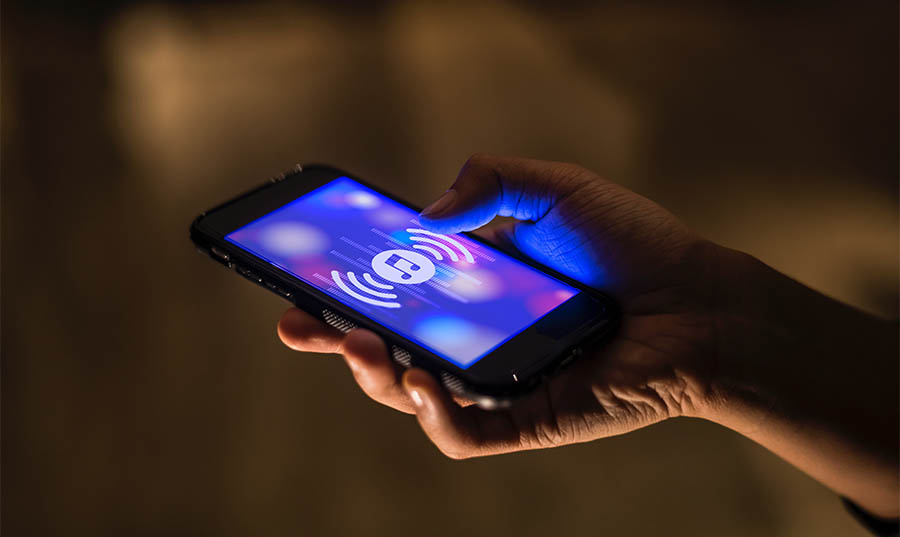By Marc Alessi
Published in Innovate Long Island
It’s no secret that Long Island has problems with cellphone service.
More than 200 cellphone “dead zones” were identified in late 2016, as well as poor-quality network speed, reliability and performance. U.S. Senator Chuck Schumer (D-NY) has even urged carriers to improve coverage on the Island.
As a longtime resident of the North Shore, I have witnessed firsthand what it means to not have reliable wireless connectivity with our mobile-enabled electronics. And as someone who served for several years in public office, I know the typical community sensitivities that arise when we discuss the investments and improvements necessary to ensure a wireless infrastructure that enables our communities to participate in the information economy.
It is of paramount importance that we ensure the seamless wireless connectivity of our personal lives and for businesses.
My interest in improving the quality of mobile networks has grown stronger since I left public service and immersed myself into the innovation economy. As a startup entrepreneur here on Long Island and someone who helps to develop and grow startups throughout the state, I’ve witnessed firsthand the impact that quality cellphone service can have on the local entrepreneurial ecosystem, keeping businesses running smoothly and ensuring that local communities can attract high-growth tech startups.
I also know that if we don’t keep pace as smartphone usage and data demands increase, Long Island’s issues with cellphone service will be further magnified.
Today, if deployed efficiently, 4G LTE can meet most communities’ wireless-connectivity needs. But to enable future technologies like autonomous vehicles and smart cities, 5G (the fifth generation of wireless broadband technology that carriers are rolling out this year) will be required in pockets for cities and communities around the country.
We’re using our smartphones more than ever – to chat, stream content, read the news, shop and more. By 2020, mobile data traffic worldwide will be four times what internet traffic was in 2005. All that data is putting a strain on the cell towers built before our “phones” became more than phones.
This data demand isn’t just a fun part of our lifestyle. Wireless bandwidth is important for public safety, which brings me to FirstNet (First Responder Network Authority), which was created in 2012 by the Middle-Class Tax Relief and Job Creation Actto provide first responders with the first nationwide, broadband network dedicated to public safety.
The rollout is beginning this year across the country. Installing the appropriate network infrastructure will be critical in ensuring that the network runs smoothly and keeps communities safer in life-threatening situations.
It is estimated that about 70 percent of 911 calls are placed from wireless phones. In other words, wireless is not just for smartphones, but actually is a basic utility.
We all have a critical stake in assuring our communities have quality network coverage. You may have read recently that the villages of Kings Point, Lake Success, Flower Hill, Plandome, Plandome Manor and Williston Park are among the areas with more data demand than the current network infrastructure can accommodate. And you may have noticed a drop in coverage in your own local area or while driving on the LIE.
Our bandwidth is maxed out. Addressing network infrastructure challenges requires collaboration between the carriers, neutral host providers (the companies that build the network infrastructure and lease it to the carriers), residents and local leaders.
Those aforementioned areas are currently debating the path forward after reviewing a proposal from the carrier providing service to customers and ExteNet Systems, an Illinois-based neutral host provider, to improve network coverage and performance.
New network infrastructure doesn’t mean unsightly cell towers, which is a common concern. Neutral host providers like ExteNet install “small cell” antennas, which can be as small as a lunchbox and are placed near the top of utility poles, much like electrical transformers.
When citizens, community leaders and organizations can work together with the carriers and neutral host providers, the potential is there to install unobtrusive wireless sites that support today’s data demands, and the future.
Health concerns about radio emissions from small cells also are raised frequently. It is understandable, given how much we all use our smartphones. As a parent, I also want to ensure no health impact for my three children.
Fortunately, several U.S. government agencies and international organizations are working together to monitor research on the health effects of radio frequency exposure. To date, the FDA and the World Health Organization, among others, have concluded that scientific evidence doesn’t effectively link radio frequency exposure with any known health problems.
In addition, small cell networks with small antennas help limit radiated power. The deployment of faster 4G and 5G networks also will contribute to reducing the energy radiated by cell phones significantly.
I hope that Long Island, and the residents and businesses which stand to benefit from the improved cell phone service, can work together with the carriers and neutral host providers to ensure that our wireless network capabilities are the best they can be. If enhanced wireless service becomes a reality, our communities will be better off.

